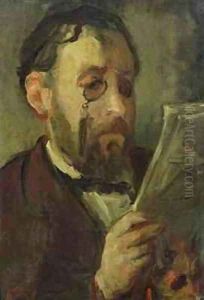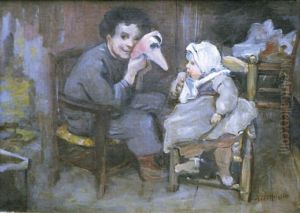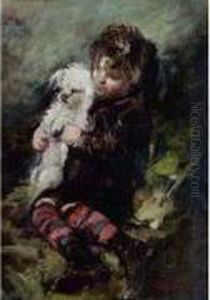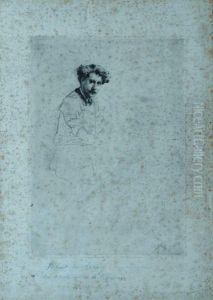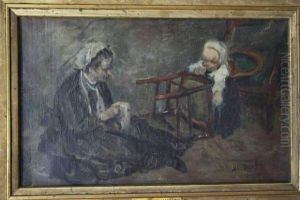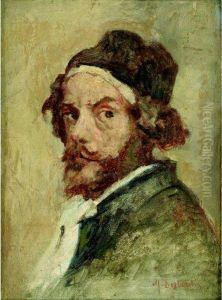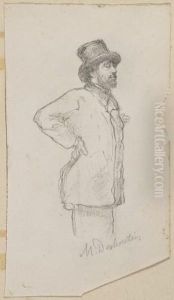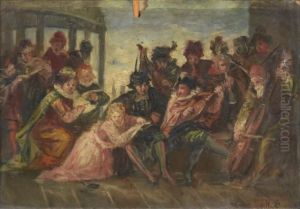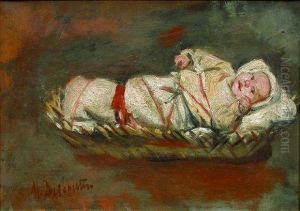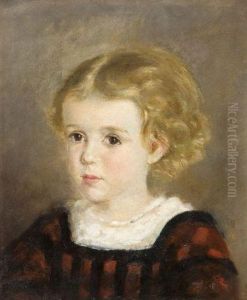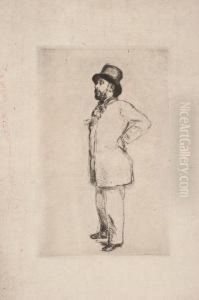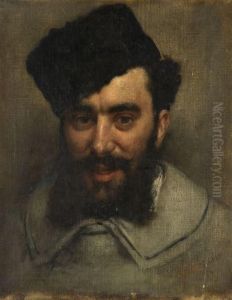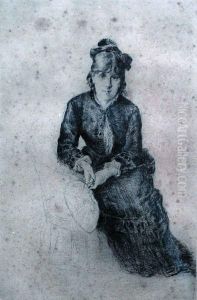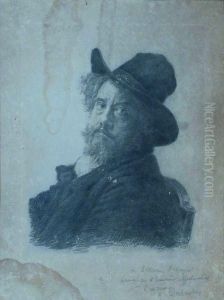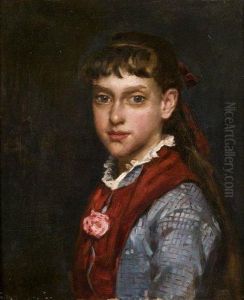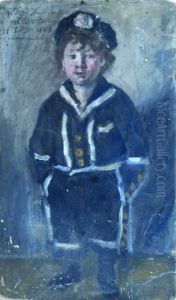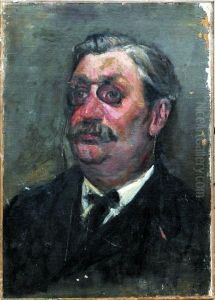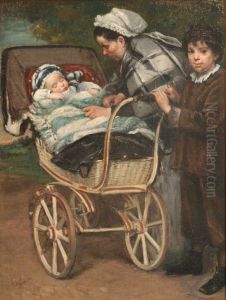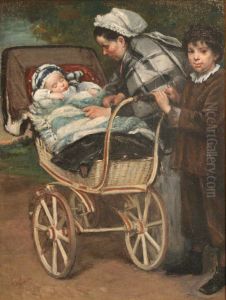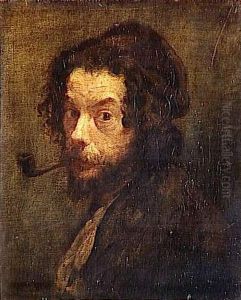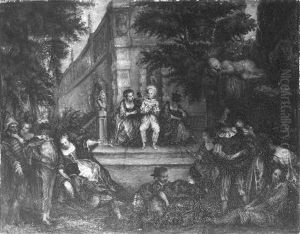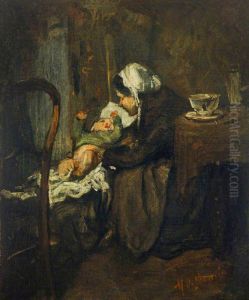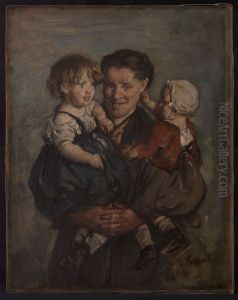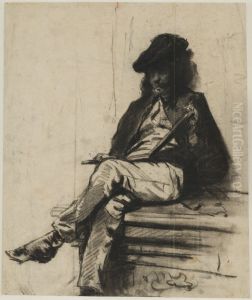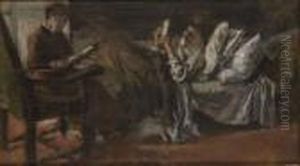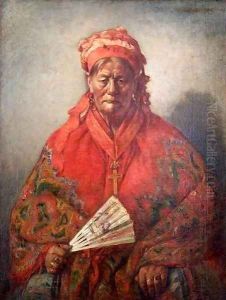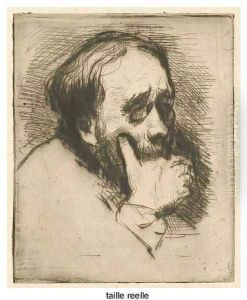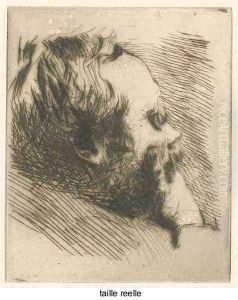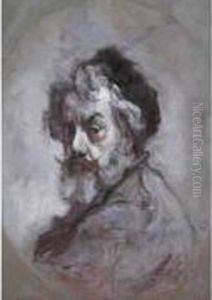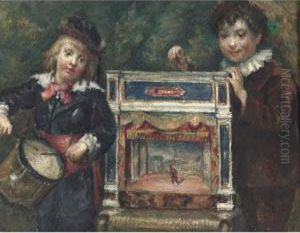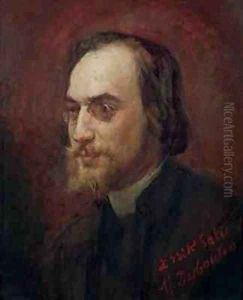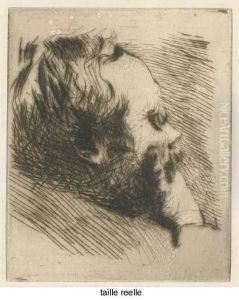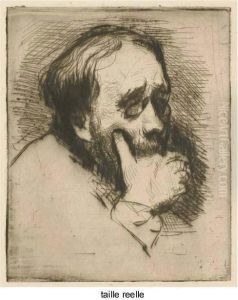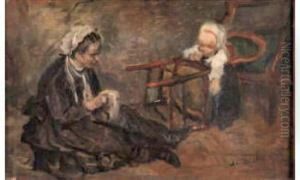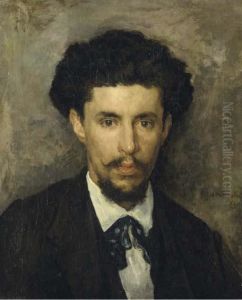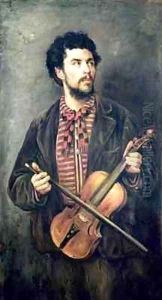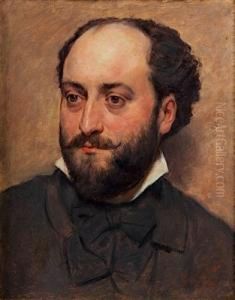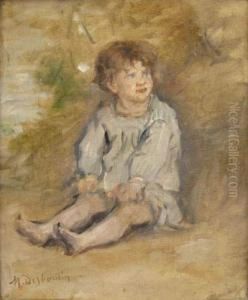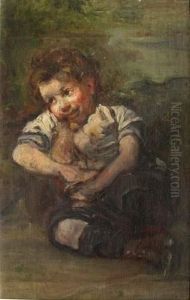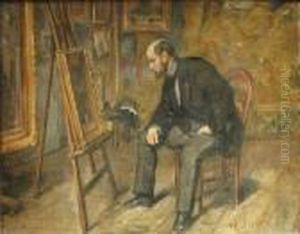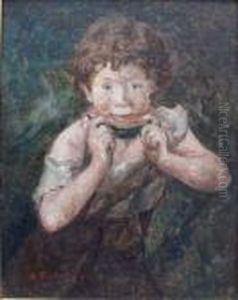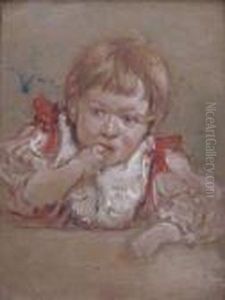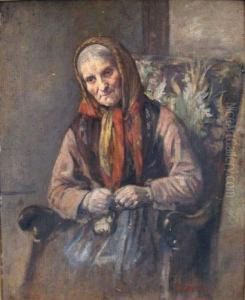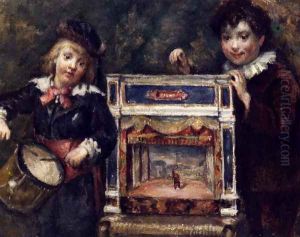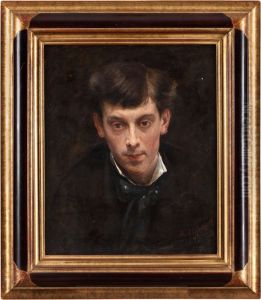Marcellin Desboutin Paintings
Marcellin Gilbert Desboutin was a French painter and printmaker who played a significant role in the Parisian art scene of the late 19th century. Born on August 26, 1823, in Cérilly, Allier, France, Desboutin showed an early interest in the arts and pursued his passion with vigor.
Desboutin is perhaps best known for his etchings and drypoints, a printmaking technique that he mastered and helped popularize during his time. His artistic career began as a painter, and he studied under various prominent artists including Michel Martin Drolling. In the 1850s, he spent some time in Italy, particularly in Florence, where he was part of a community of artists and became friends with the Italian artist Giovanni Fattori.
After returning to Paris, Desboutin became an active figure in the bohemian circles and was associated with the Impressionists. He exhibited with them during the third Impressionist exhibition in 1877. Although not as well-known as some of his contemporaries, his work was respected by his peers, and he was particularly close to Édouard Manet and Edgar Degas. Degas even portrayed Desboutin in one of his works, highlighting his distinctive bearded appearance.
Desboutin's artistic output includes portraits and scenes of Parisian life. His portraits were often characterized by their expressive lines and the psychological insights they offered into his subjects. Despite his association with the Impressionists, his style remained somewhat distinct, often reflecting the influence of the Realist movement. Desboutin's focus on printmaking also set him apart from many of his contemporaries who were more focused on painting.
Financial difficulties later in life forced Desboutin to sell his art collection, and he spent his later years in relative obscurity. Nonetheless, his contributions to the art world, particularly in the field of printmaking, continued to be recognized by art historians and collectors.
Marcellin Desboutin died on February 29, 1902, in Nice, France. Despite not achieving the same level of fame as some of his Impressionist peers, his work has been appreciated for its unique qualities and his role in the broader context of French art history.
